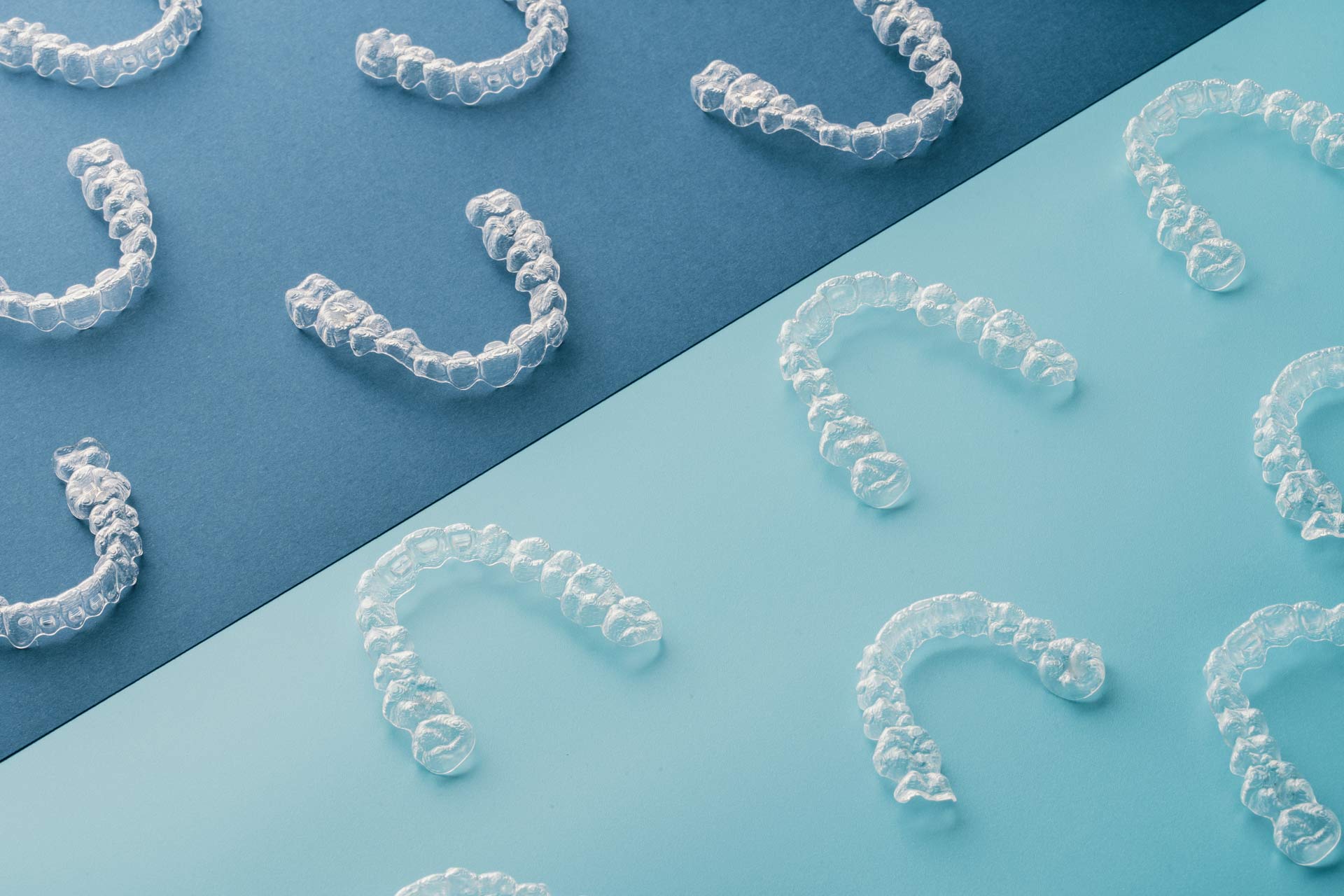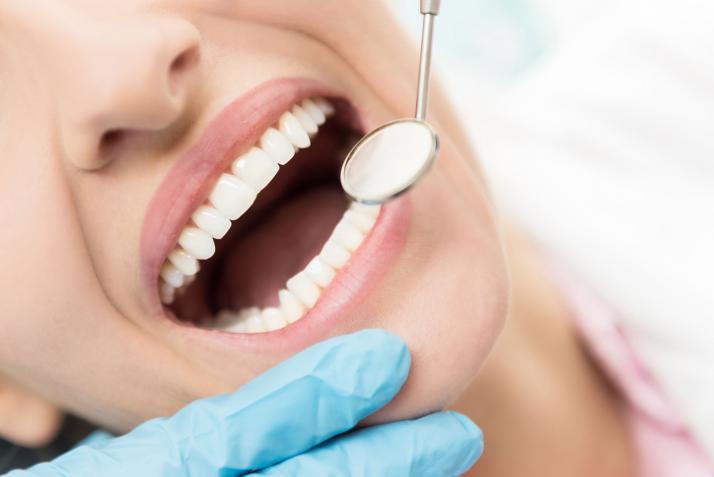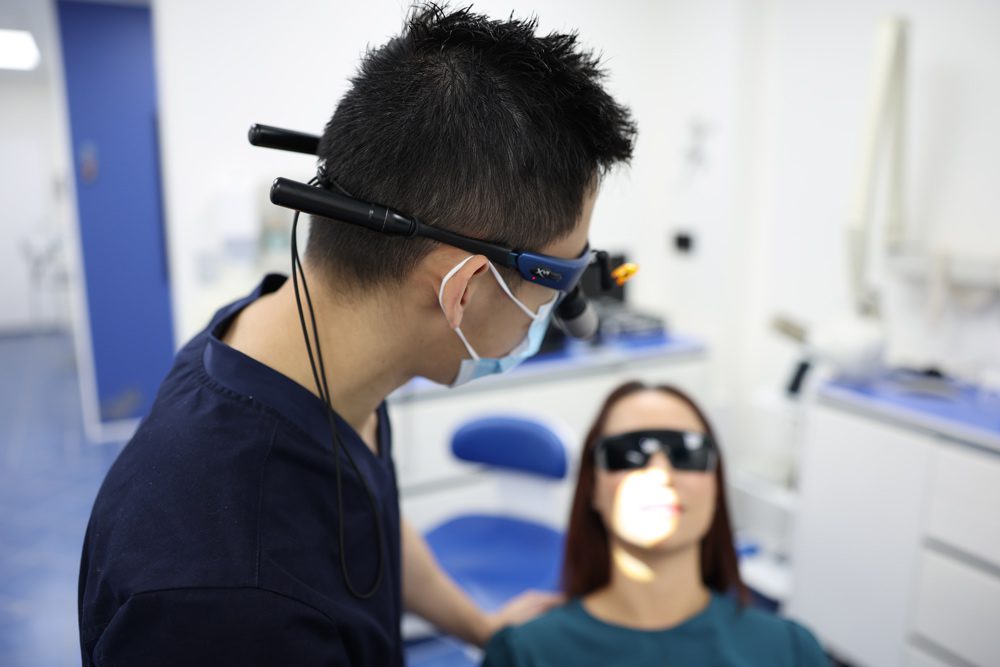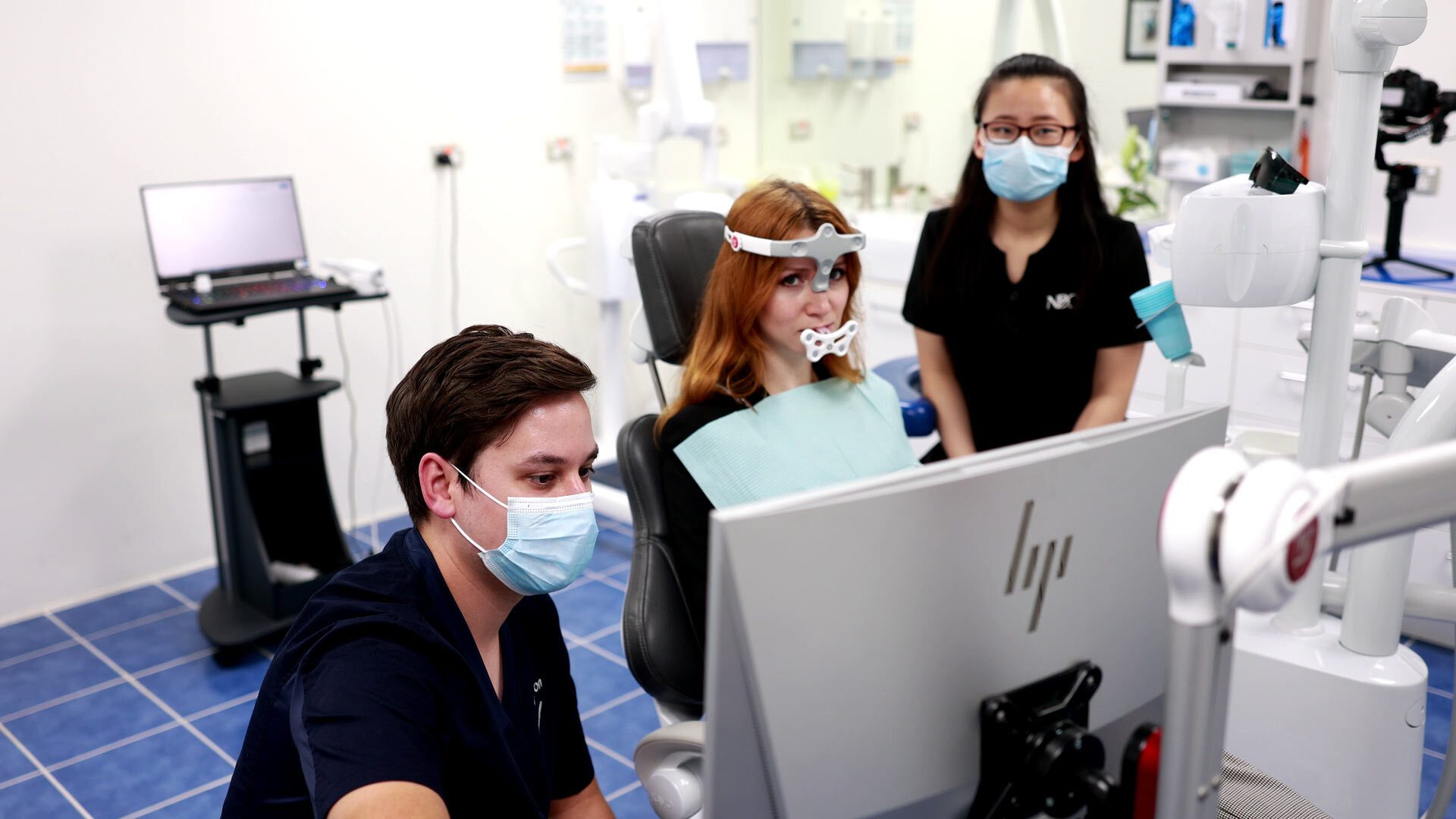Tooth restoration can be a costly procedure, especially when serious damage has already been inflicted. Fortunately, the prevalence of tooth decay has considerably decreased in recent years. Thanks to the innovation of decay diagnostic tools, dental hygienists and dental surgeons are capable of detecting dental caries (tooth decay) at its earliest stages. With this breakthrough, patients can reduce dental costs, and improve the longevity of their teeth. Therefore, finding the best method for early tooth decay detection is crucial. Today, there are many methods for diagnosing decay, including visual and radiographic methods, fluorescence cameras, and laser fluorescence, such as DIAGNOdent.
What is DIAGNOdent?
DIAGNOdent is a laser examination tool used for the early detection of decay. It is very effective in spotting even the smallest lesions at the earliest stages. The light-emitting device is placed on the teeth and gives dentists a digital readout, which can help them analyse and determine if there is decay in the teeth. Decay that’s spotted by the device is usually the type that can’t easily be found with other methods. The use of DIAGNOdent also requires no anaesthetic, and is pain and radiation-free, making it safe and suitable for all patients.The three types of decay
1. Fissure and pit decay
Fissure decay is typically found on the chewing surface of the molars and is caused by worn enamel.2. Root decay
Frequently an issue for people with receding gum lines, root decay involves cavities that occur where the tooth meets the gum. This is common when gum disease or poor brushing habits allow plaque to collect in this space.3. Smooth surface decay
Smooth surface decay occurs when enamel is eaten away from the smooth surfaces of teeth due to bacteria or plaque buildup.How does DIAGNOdent work?
DIAGNOdent consists of a pen-like probe which sends a safe and painless laser beam into the tooth to measure internal fluorescence. The laser, which operates at a specific wavelength (655 nm), and uses two-way optics to quantify the amount of light reflected back out of the tooth. Normal, healthy teeth reflect less light than a carious tooth. The more light that the tooth reflects, and the more fluorescent it appears, the more decay it carries.Through Velscope, the oral abnormalities that aren’t apparent or visible to the naked eye can now be detected. Moreover, surgeons are now able to determine the appropriate margins for surgical excision.
Early detection equals early treatment
The process of treating tooth decay is continuous, and early detection of a cavity means treatment can be administered sooner, saving patients time and money. Unfortunately, the more damage a tooth suffers, the more difficult it is to work with.
According to a study conducted by Dr Lussi of Bern University in Switzerland, dentists correctly diagnosed carious tooth structures by visual inspection in only 57% of all cases. The same group was then re-assessed with DIAGNOdent, and achieved an impressive success rate of 90%. The device displayed considerably more accuracy than any other method, including x-rays. DIAGNOdent’s ability to identify lesions or demineralized areas at an early stage allows the possibility of reversing the caries process, before cavities can begin to develop.
Screen your teeth with DIAGNOdent
Naenae Dental Clinic strives to bring patients the best possible dental technology. That’s why we use advanced detection devices such as DIAGNOdent – with it, we can effectively spot decay and properly treat our patients in a non-invasive manner. Call us to book your next check-up, and we can help you catch issues before they begin.





